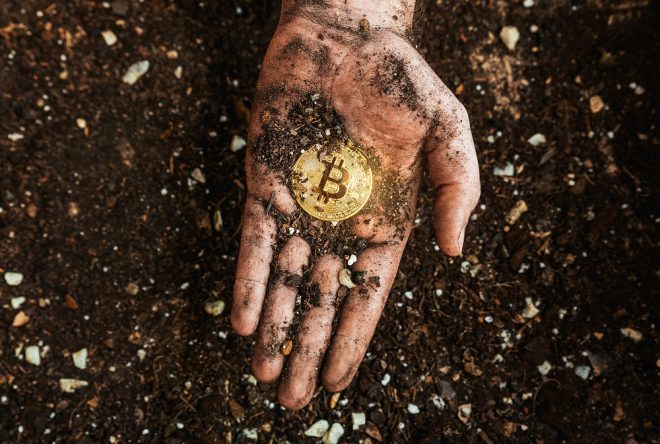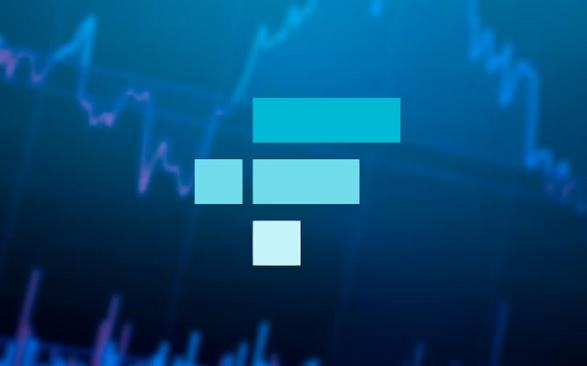When bitcoin was invented in 2009, it came with a hard cap of 21 million. This is the highest number of bitcoin that can ever be mined or supplied. Based on current mining rate, the final bitcoin would be mined around 2140. After 2140, no new bitcoins will be circulated or supplied.
At the time of writing this piece, only 2,208,000 bitcoins are left to be mined. This means that so far up to 89.49% of bitcoins that will be made have been issued. The total number of bitcoins currently in existence is 18,792,000.
The idea of limited supply
Limited to a fixed supply of 21million, bitcoin’s value is mainly driven by both retail and institutional demand, increasingly making bitcoin a digital gold—an asset class.
The idea of a limited fixed supply or hard cap is to control supply. Controlled supply creates scarcity and relatively large demand. This in turn impacts on the value of each bitcoin.
Daily, 900 new bitcoins are mined. Each year, only a fixed number of bitcoin can be newly mined.

Block rewards as the current incentive for bitcoin miners
For mining bitcoins, miners currently get what is called a block reward. This block reward is a fixed number of bitcoins.
In 2009, block reward was 50 bitcoins. Since 2009, this block reward has been halving every time 210,000 new blocks are made. This happens at an estimated period of every four years. So from 50 bitcoins, block reward has over the last three halvings reduced to bitcoins, bitcoins, and bitcoins respectively. The most recent halving occurred in May 2020. In 2024, the next halving will further reduce block reward to 3.125.
But miners will not always get block rewards as incentive for mining bitcoins. As the size of block rewards eventually diminishes, bitcoin miners will be rewarded through transaction fees. From the current daily mining volume of 900 bitcoins daily, miners currently earn between 60 and 100 bitcoins in transaction fees. This represents just about 6.5% of mining revenue. When the final bitcoin is mined around 2140, revenue from transaction fees is expected to hit 100%.
If transaction fees become insufficient, the probability of a 51% attack increases
If transaction fees end up becoming insufficient for miners to continue to mine bitcoin, confirming new transactions would no longer be possible. This means no one would be able to send or spend bitcoin successfully. Should this happen, the probability of Bitcoin experiencing a 51% attack would increase. This will in turn impact negatively and significantly on the price of bitcoin as well as its continued existence.
It is expected that the continued adoption of bitcoin will impact its price. As bitcoin price increases, rewards from transaction fees will also increase. Also, mining cost is expected to reduce as bitcoin mining becomes more efficient with the use of renewable energy for example.
Discover more from Crypto Asset Buyer
Subscribe to get the latest posts sent to your email.




2 Comments
Comments are closed.